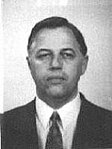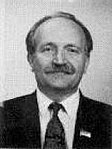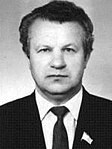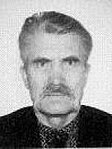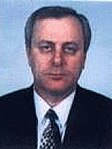
Back Eleccions al Parlament d'Ucraïna de 1994 Catalan Elecciones parlamentarias de Ucrania de 1994 Spanish Élections législatives ukrainiennes de 1994 French Ուկրաինայի խորհրդարանական ընտրություններ (1994) Armenian Elezioni parlamentari in Ucraina del 1994 Italian Oekraïense parlementsverkiezingen 1994 Dutch Wybory parlamentarne na Ukrainie w 1994 roku Polish Парламентские выборы на Украине (1994) Russian 1994 Ukrayna yasama seçimleri Turkish Парламентські вибори в Україні 1994 Ukrainian
| |||||||||||||||||||||||||||||||||||||||||||||||||||||||||||||||||||||||||||||||||||||||||||||||||||||||||||||||||||||
All 450 seats to the Verkhovna Rada 226 seats needed for a majority | |||||||||||||||||||||||||||||||||||||||||||||||||||||||||||||||||||||||||||||||||||||||||||||||||||||||||||||||||||||
|---|---|---|---|---|---|---|---|---|---|---|---|---|---|---|---|---|---|---|---|---|---|---|---|---|---|---|---|---|---|---|---|---|---|---|---|---|---|---|---|---|---|---|---|---|---|---|---|---|---|---|---|---|---|---|---|---|---|---|---|---|---|---|---|---|---|---|---|---|---|---|---|---|---|---|---|---|---|---|---|---|---|---|---|---|---|---|---|---|---|---|---|---|---|---|---|---|---|---|---|---|---|---|---|---|---|---|---|---|---|---|---|---|---|---|---|---|---|
| Turnout | 75.81% ( | ||||||||||||||||||||||||||||||||||||||||||||||||||||||||||||||||||||||||||||||||||||||||||||||||||||||||||||||||||||
| |||||||||||||||||||||||||||||||||||||||||||||||||||||||||||||||||||||||||||||||||||||||||||||||||||||||||||||||||||||
 Results by region | |||||||||||||||||||||||||||||||||||||||||||||||||||||||||||||||||||||||||||||||||||||||||||||||||||||||||||||||||||||
| |||||||||||||||||||||||||||||||||||||||||||||||||||||||||||||||||||||||||||||||||||||||||||||||||||||||||||||||||||||
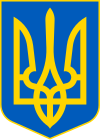 |
|---|
|
|
Parliamentary elections were held in Ukraine on 27 March 1994, with a second round between 2 and 10 April.[1] 15 political parties gained seats and the majority of deputies were independents.[2] However, 112 seats were remained unfilled, and a succession of by-elections were required in July, August, November and December 1994 and more in December 1995 and April 1996.[1] Three hundred (300) seats or two thirds (2/3) of the parliament were required to be filled for the next convocation.
In what were the first elections held after Ukraine broke away from the Soviet Union, the Communist Party of Ukraine emerged as the largest party in the Verkhovna Rada, winning 86 of the 338 seats decided in the first two rounds.[3] This election was the result of a compromise between the President and the Verkhovna Rada, which was reached on 24 September 1993 because of a political crisis caused by mass protests and strikes particularly from students and miners. On that day, the Rada adopted a decree to organize parliamentary elections ahead of schedule, and ahead of scheduled presidential elections in June.
- ^ a b Dieter Nohlen & Philip Stöver (2010) Elections in Europe: A data handbook, p1976 ISBN 978-3-8329-5609-7
- ^ Cite error: The named reference
ukrainianweek223538was invoked but never defined (see the help page). - ^ Nohlen & Stöver, p1991
© MMXXIII Rich X Search. We shall prevail. All rights reserved. Rich X Search
